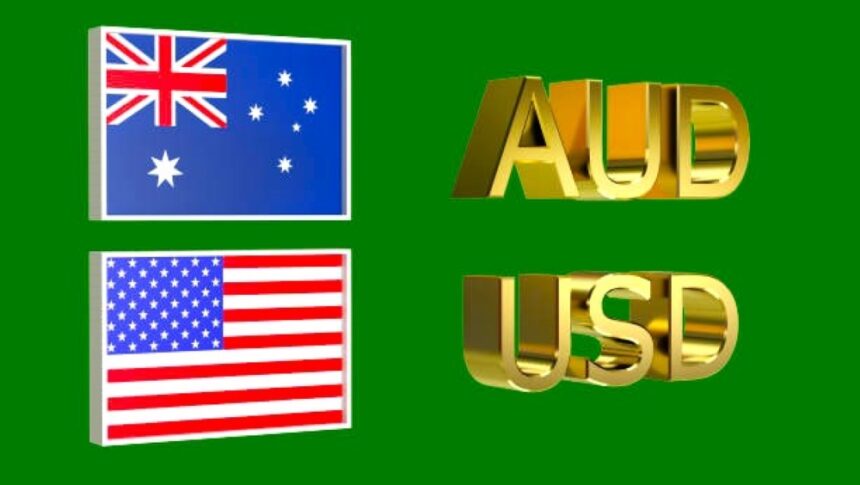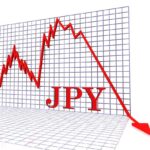Australian dollar strengthens as hawkish opinion toward the RBA’s policy outlook grows.
On Tuesday, the Australian Dollar retraced its recent losses against the US Dollar (USD) as traders expect the RBA to maintain current interest rates.
Aussie may face difficulties as risk aversion rises amid fears about a potential rebound in US inflation.
Australian Dollar may face challenges due to increased risk aversion and concerns about potential inflation resurgence in the US. The 2- and 10-year US yields are 4.02% and 4.19%, respectively.
The Reserve Bank of Australia’s (RBA) policy outlook bolstered by positive employment data, and the Australian Dollar gained support from China’s recent rate cuts, given that China remains Australia’s largest trading partner. The US Dollar gained strength as recent economic data dispelled the likelihood of a bumper rate cut by the Federal Reserve (Fed) in November. The CME FedWatch Tool predicts a 25-basis-point rate cut in November. Dollar falls due of rising risk aversion.
Daily Market Movers: The Australian Dollar falls due to rising risk aversion.
Australian Dollar retraced its recent losses against the US Dollar (USD) as traders expect the RBA to maintain current interest rates. The rates on US Treasury bonds for two and ten years are 4.02% and 4.19%, respectively, as of this writing.
On Monday, Federal Reserve Bank of Minneapolis President Neel Kashkari stated that the Fed is closely watching the US job market for signals of rapid destabilization. Kashkari cautioned investors to expect gradual rate reduction in the coming quarters, implying that any monetary easing would be moderate rather than forceful.
Mary Daly, President of the Federal Reserve Bank of San Francisco, remark that while she expects the Fed to gradually cut interest rates in the next quarters, the central bank is dedicated to a data-driven strategy.
RBA Deputy Governor Andrew Hauser spoke at the CBA 2024 Global Markets Conference. in Sydney on Monday, expressing amazement at the pace of job development. Hauser remark that the labor participation rate very high and stressed that, while the RBA is data-dependent, it is not data-obsessed.
People’s Bank of China (PBoC) cut the 1-year Loan Prime Rate.
The People’s Bank of China (PBoC) cut the 1-year Loan Prime Rate (LPR) to 3.10% from 3.35%, and the 5-year LPR to 3.60% from 3.85%, as expected. Lower borrowing costs expected to boost Chinese domestic economic activity, potentially raising demand for Australian goods.
In a report last week, National Australia Bank updated its Reserve Bank of Australia (RBA) projections. “We have brought forward our expectations for the timing of rate cuts, now anticipating the first cut in February 2025, instead of May,” according to the bank. They continue to forecast steady reduction, with rates likely to fall to 3.10% by early 2026.
US retail sales increased by 0.4% month on month in September, exceeding the 0.1% gain recorded in August and market expectations of a 0.3% increase. Furthermore, US initial jobless claims declined by 19,000 in the week ended October 11, the greatest drop in three months. The overall number of claims fell to 241,000, well below the expected 260,000.
The seasonally adjusted Employment Change in Australia increased by 64.1K in September, bringing total employment to a record 14.52 million. This considerably exceeded market forecasts for a 25.0K gain, following a revised jump of 42.6K the previous month. Meanwhile, the unemployment rate remained stable at 4.1% in September, matching the revised number for August coming in lower than the projected 4.2%.
https://voiceoftraders.com/analysis/us-dollar-flat-with-a-fairly-tranquil-start-to-the-week









